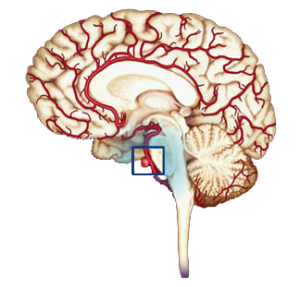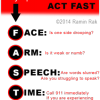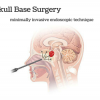
Brain Aneurysms are one of many conditions that Dr. Ramin Rak treats.
Ramin Rak is a Board Certified neurosurgeon with Neurological Surgery. P.C.
He is highly skilled at treating a number of conditions involving the brain and spine, including Aneurysms. A brain aneurysm is a weak area in the artery wall, comparable to a thin balloon. Over time, blood flow pounds on these weakened areas and the artery wall becomes thinner and swells outward.
Statistics from the Brain Aneurysm Foundation show that an estimated 6 millions people in the United States have an un-ruptured brain aneurysm, or 1 in 50 people.
Certain factors can increase your risk of developing an aneurysm, including aging, hardening of the arteries, family history, race, gender, high blood pressure, and smoking.
Unfortunately, brain aneurysms that are un-ruptured are typically asymptomatic since they are so small in size.
Larger un-ruptured aneurysms, however, can press on the brain or nerves, causing various neurological symptoms such as:
- Localized Headache
- Weakness and numbness
- Blurred or double vision
- Pain above and behind eye
- Difficulty speaking
- Dilated pupils
When a brain aneurysm ruptures, it causes bleeding into the subarachnoid space, otherwise known as a subarachnoid hemorrhage.
As the blood seeps into the skull, sudden symptoms can occur all at once that require immediate medical attention. These include:
- Loss of consciousness
- Vomiting/Nausea
- Stiff Neck
- Sensitivity to light
- Dizziness or sudden trouble walking
- Sudden numbness and weakness
- Sudden severe headache
- Sudden blurred or double vision
- Drooping eyelid
- Sudden pain above/behind the eye or difficulty seeing
- Sudden change in mental status or awareness
- Seizure
A ruptured brain aneurysm can cause a stroke, brain damage, or even death.
Approximately 15% of patients that suffer from subarachnoid hemorrhage die before reaching the hospital, while four out of seven who recover are faced with disabilities. Though the statistics are grim, Dr. Ramin Rak and the skilled surgeons at Neurological Surgery, P.C. are able to administer advanced surgical treatment to provide patients with the best care possible.
Related Article: http://raminrak.com/aneurysm-coiling/



